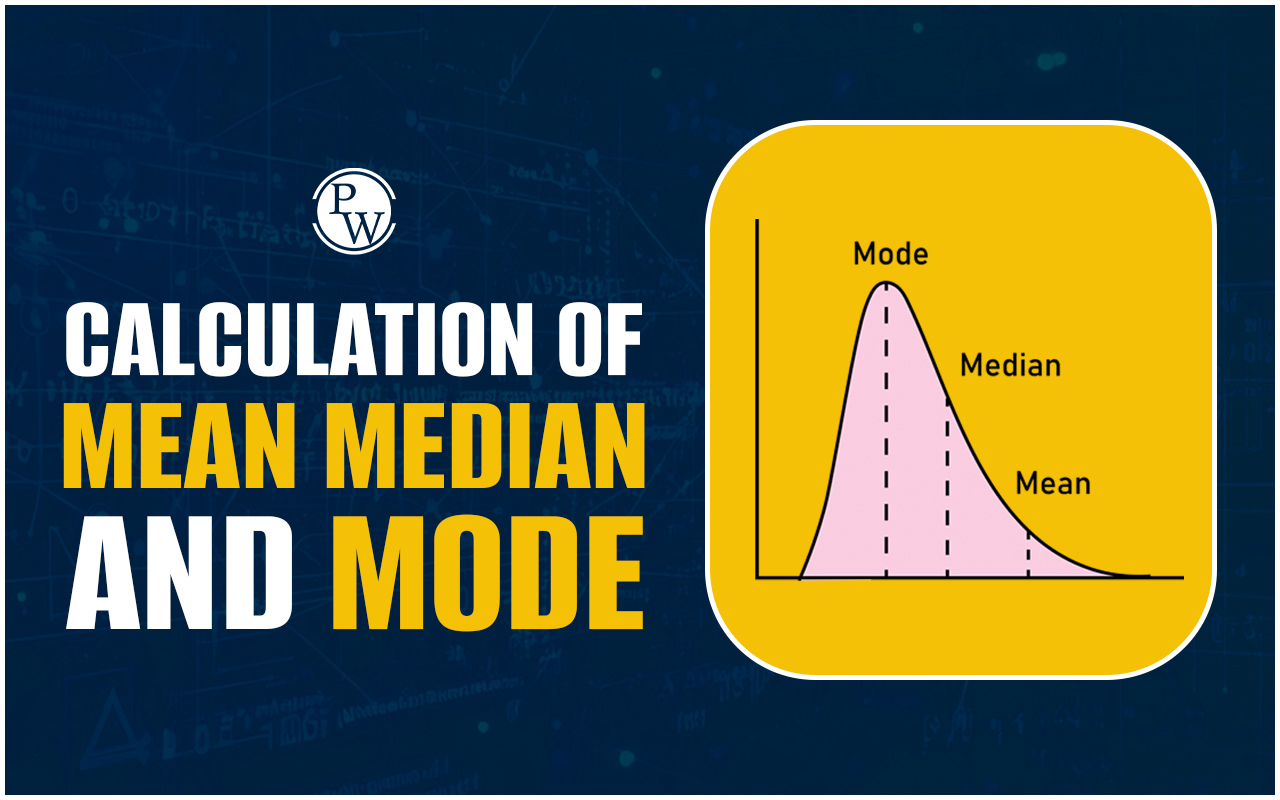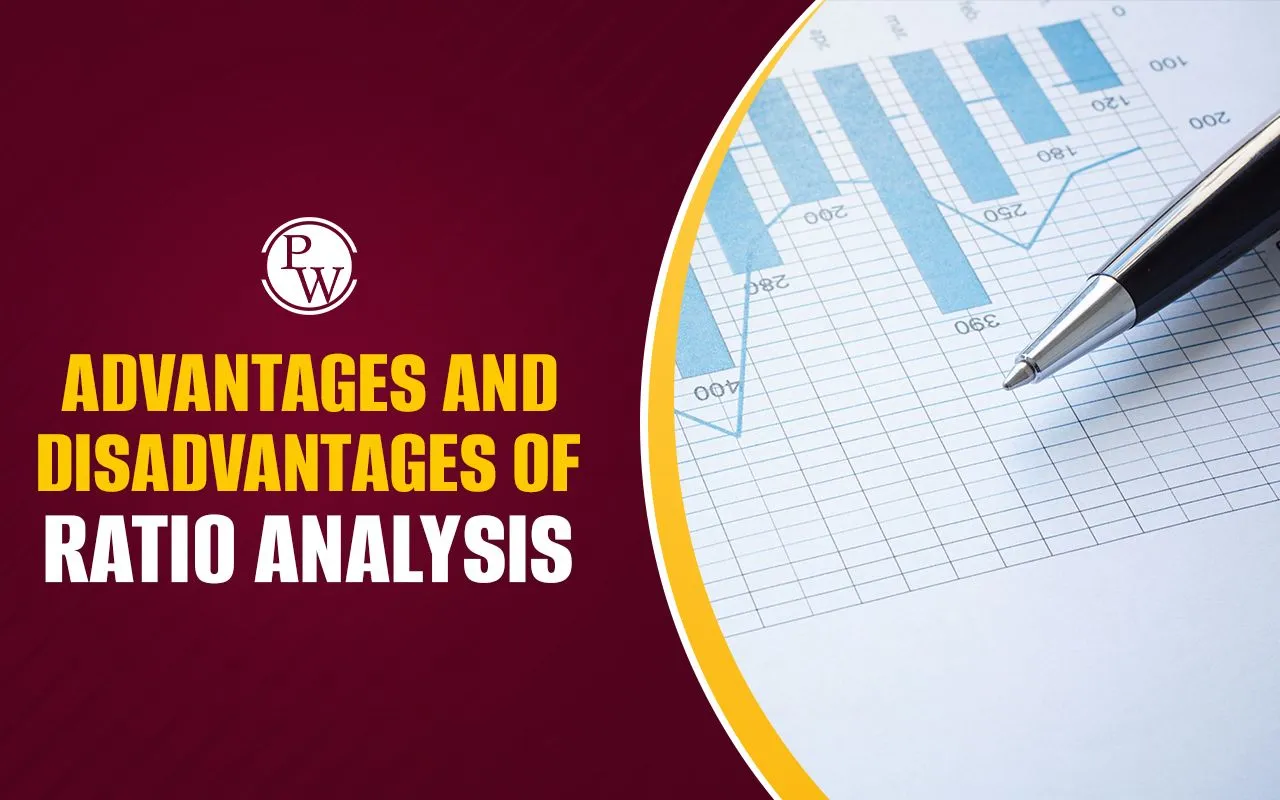

Budgets are used by management as internal tools in businesses and organizations; they are not required to be revealed to outside parties. An individual, a family, a group, a company, or the government, or any organization with income and costs can set up one.
A well-structured budget allows a business to prioritize spending to achieve its objectives efficiently.What is a Budget?
A budget is a financial plan that individuals, businesses, or governments create to manage their money. It outlines how much income they expect to receive and how they intend to spend or allocate that income. Budgets are like roadmaps for finances, helping people make informed decisions about where their money should go.Categories of Budget
Budgets are broadly categorized into three main types based on their financial outcomes, each playing a distinct role in fiscal planning:- Balanced Budget
- Surplus Budget
- Deficit Budget
Balanced Budget Meaning
A balanced budget occurs when the projected income equals the anticipated expenses, resulting in a net financial equilibrium. In simpler terms, it means that an individual, organization, or government plans to spend only what it expects to earn within a specific timeframe. Balanced budgets are a sign of financial stability, indicating prudent financial management.Surplus Budget Meaning
A surplus budget arises when projected income exceeds expected expenses, leading to a positive financial surplus. This surplus can be allocated towards savings, debt reduction, or investments in various initiatives. Surplus budgets are indicative of financial health and provide opportunities for future growth and expansion.Deficit Budget Meaning
Conversely, a deficit budget emerges when projected expenses surpass anticipated income, resulting in a negative financial gap. To cover this deficit, entities may need to borrow funds or adjust their spending priorities. Deficit budgets can signify financial challenges and may require careful planning and strategic measures to restore fiscal stability.Causes of Budget Deficit
Deficit budgets can arise due to various factors, indicating an imbalance between income and expenditure. Some common causes include: Economic Downturn: Economic recessions or downturns can lead to reduced tax revenue and increased government spending on social welfare programs. Excessive Spending: Overspending on government programs, infrastructure projects, or defense can deplete financial resources. Tax Cuts: Reducing tax rates without compensating revenue sources can result in reduced income for governments. Unforeseen Expenses: Emergency situations such as natural disasters or health crises may require unplanned expenditures. Interest on Debt: High interest payments on existing debt can strain budgets, especially when debt levels are substantial. Inflation: Rising prices can lead to increased costs for goods and services, impacting budgetary balances. Decline in Revenue Sources: Fluctuations in industries or sectors that contribute to revenue can affect a budget's health. Demographic Shifts: Changing population demographics may increase demand for services, necessitating additional spending. Political Decisions: Policy choices, such as expanding entitlement programs or reducing revenue sources, can contribute to deficits. Structural Issues: Long-term structural problems in budget planning and execution can lead to chronic deficits.Strategies to Reduce Deficit Budget
Reducing a budget deficit requires a combination of fiscal discipline and strategic decision-making. Here are some strategies to achieve this: Increase Revenue:- Enhance tax collection efforts.
- Consider implementing new taxes or increasing existing ones.
- Promote economic growth to boost taxable income.
- Review and streamline government programs.
- Set clear spending priorities.
- Implement cost-cutting measures.
- Develop a plan to reduce outstanding debt.
- Refinance debt to lower interest payments.
- Explore debt restructuring options.
- Invest in infrastructure projects to stimulate economic activity.
- Support entrepreneurship and small businesses.
- Encourage foreign direct investment.
- Ensure critical services like healthcare and education receive sufficient funding.
- Evaluate the effectiveness of programs to allocate resources wisely.
- Temporarily reduce non-essential government spending.
- Freeze or reduce government salaries.
- Limit discretionary spending.
- Embrace technology to improve the efficiency of public services.
- Reduce bureaucratic red tape to expedite decision-making.
- Establish fiscal rules and limits to prevent overspending.
- Create a stabilization fund for economic downturns.
- Implement mechanisms for regular budget monitoring and adjustment.
Advantages and Disadvantages of Balanced Budget
Balanced budgets have both advantages and disadvantages that are important to consider when managing finances. Here's a summary of these pros and cons in a tabular format:| Advantages of a Balanced Budget | Disadvantages of a Balanced Budget |
| 1. Financial Stability: Balancing income and expenses promotes financial stability, ensuring that an entity lives within its means. | 1. Limited Fiscal Flexibility: A strict focus on balance may limit the ability to respond to economic downturns or crises with fiscal stimulus. |
| 2. Lower Interest Costs: Reduced borrowing leads to lower interest payments, freeing up funds for other purposes. | 2. Reduced Public Investment: A balanced budget approach might curtail investments in critical infrastructure and public services. |
| 3. Credibility: A balanced budget can enhance an entity's credibility with lenders and investors, leading to favorable borrowing terms. | 3. Inequality Impact: A rigid balanced budget can negatively impact vulnerable populations if social programs are cut during economic hardships. |
| 4. Discipline: It encourages disciplined financial management, discouraging unnecessary spending and waste. | 4. Potential for Economic Slowdown: A strict focus on balance during a recession can exacerbate economic slowdowns by reducing government spending. |
| 5. Sustainability: It can contribute to long-term fiscal sustainability by preventing the accumulation of excessive debt. | 5. Political Challenges: Achieving and maintaining a balanced budget can be politically challenging, leading to tough decisions and potential conflicts. |
| Read Related Topics | |||
| What is Equity? | Market Equilibrium | Gross Investment | Incidental Trading Activity |
| Functions of Marketing | What is Reserves? | Market Economy | Concept of Public Relations |
Balanced, Surplus and Deficit Budget FAQs
What is zero-based budgeting?
Zero-based budgeting is a budgeting method where all expenses must be justified for each budget period, starting from zero.
What is a deficit budget vs. a national debt?
A deficit budget occurs when expenses exceed revenue within a specific budget period, while national debt is the cumulative total of past deficits.
What is the difference between a cash budget and an operating budget?
A cash budget focuses on cash inflows and outflows, while an operating budget encompasses all income and expenses, including non-cash items like depreciation.
What is a contingency budget?
A contingency budget sets aside funds for unforeseen expenses or emergencies that may arise during a budget period.
What is a balanced budget amendment?
A balanced budget amendment is a constitutional provision that requires a government to maintain a balanced budget, meaning expenses should not exceed revenue.
Talk to a counsellorHave doubts? Our support team will be happy to assist you!

Check out these Related Articles
Free Learning Resources
PW Books
Notes (Class 10-12)
PW Study Materials
Notes (Class 6-9)
Ncert Solutions
Govt Exams
Class 6th to 12th Online Courses
Govt Job Exams Courses
UPSC Coaching
Defence Exam Coaching
Gate Exam Coaching
Other Exams
Know about Physics Wallah
Physics Wallah is an Indian edtech platform that provides accessible & comprehensive learning experiences to students from Class 6th to postgraduate level. We also provide extensive NCERT solutions, sample paper, NEET, JEE Mains, BITSAT previous year papers & more such resources to students. Physics Wallah also caters to over 3.5 million registered students and over 78 lakh+ Youtube subscribers with 4.8 rating on its app.
We Stand Out because
We provide students with intensive courses with India’s qualified & experienced faculties & mentors. PW strives to make the learning experience comprehensive and accessible for students of all sections of society. We believe in empowering every single student who couldn't dream of a good career in engineering and medical field earlier.
Our Key Focus Areas
Physics Wallah's main focus is to make the learning experience as economical as possible for all students. With our affordable courses like Lakshya, Udaan and Arjuna and many others, we have been able to provide a platform for lakhs of aspirants. From providing Chemistry, Maths, Physics formula to giving e-books of eminent authors like RD Sharma, RS Aggarwal and Lakhmir Singh, PW focuses on every single student's need for preparation.
What Makes Us Different
Physics Wallah strives to develop a comprehensive pedagogical structure for students, where they get a state-of-the-art learning experience with study material and resources. Apart from catering students preparing for JEE Mains and NEET, PW also provides study material for each state board like Uttar Pradesh, Bihar, and others
Copyright © 2025 Physicswallah Limited All rights reserved.











